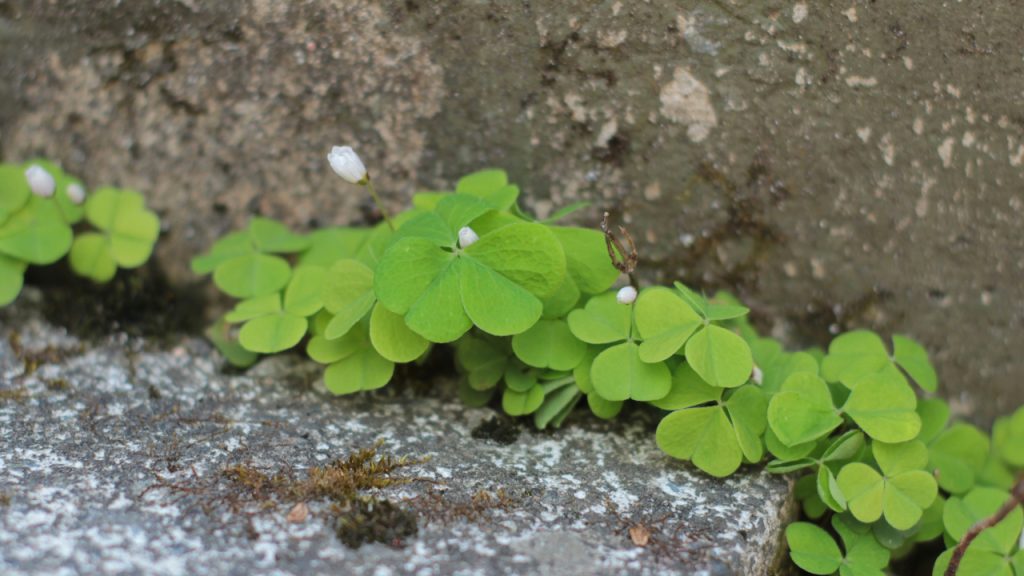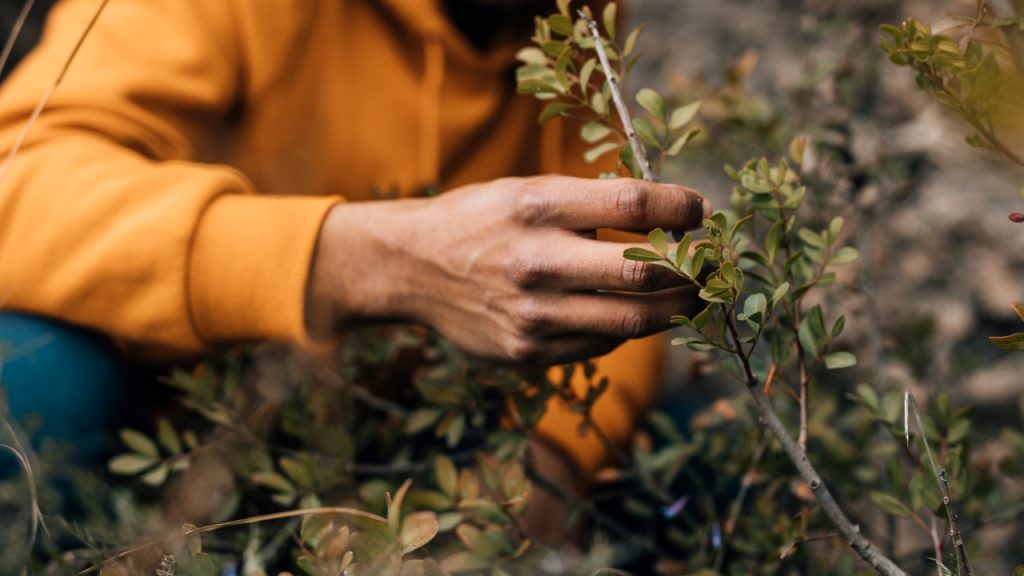Once I started paying attention, I realized wild edible plants are everywhere. Parks, sidewalks, hiking trails, even the cracks in my driveway. There’s something incredibly satisfying about learning what’s edible out there and how to use it—like the world becomes this giant pantry you never noticed before.
You don’t have to be a survival expert or live in the woods to get into foraging, either. Some of the most useful plants are ones we’ve all walked past a thousand times. Here are four wild foods you can find in almost every corner of the U.S.—just waiting for you to notice them.
Dandelion

You’ve probably pulled dandelions from your yard without giving them a second thought. But this “weed” is a powerhouse. Every part of it is edible—the leaves, flowers, and roots. The young leaves are great in salads (a little bitter, like arugula), the flowers can be fried or made into tea, and the roots can be roasted into a coffee-like drink. Just make sure you’re picking from a spot that hasn’t been sprayed with lawn chemicals.
Plantain (The Weed, Not the Banana)

These low, leafy plants show up in lawns, sidewalk cracks, and fields across the country. There are two common kinds—broadleaf and narrowleaf—and both are edible. The young leaves can be eaten raw, though they’re better cooked when older. Plantain is also famous among foragers for its skin-soothing power; you can mash it up and use it on bug bites, scrapes, or stings.
Clover

Both red and white clover grow like crazy across North America, especially in sunny lawns and open meadows. The leaves are edible and mild, and the flowers can be dried for tea or tossed into salads. Clover is high in protein for a plant, and bees love it too, so harvesting a little while leaving most is a win-win. Just avoid spots near roads or where animals might have done their business.
Wood Sorrel

Wood sorrel looks like a shamrock and has a fresh, lemony taste that’s hard to miss once you know it. It pops up in shaded yards, forests, gardens, and trails all over the country. The leaves, flowers, and seed pods are all edible and great for snacking or tossing into salads. Because it contains oxalic acid (also found in spinach), you don’t want to eat it by the bowlful every day—but it’s totally safe in small amounts.
Start Looking a Little Closer
Once you start recognizing these plants, walks through the park or even trips to the mailbox start to feel a little different—like there’s treasure hidden in plain sight. Foraging opens up a new way of seeing the world, one where even so-called weeds can be useful, nourishing, and kind of amazing.
It’s not about replacing your grocery store, but about building a relationship with the land around you. Just remember to always harvest responsibly: only take what you’ll use, leave plenty for wildlife, and double-check your ID before tasting anything. With a little curiosity and care, you’ll be surprised at what’s growing all around you.
Ellen Reed lives where the road ends and the quiet begins. Her work tends to the tender space between solitude and connection, loss and joy, seed and harvest.
She's an author and journalist. When she's not in her garden, she's drinking tea and playing with her puppy.


